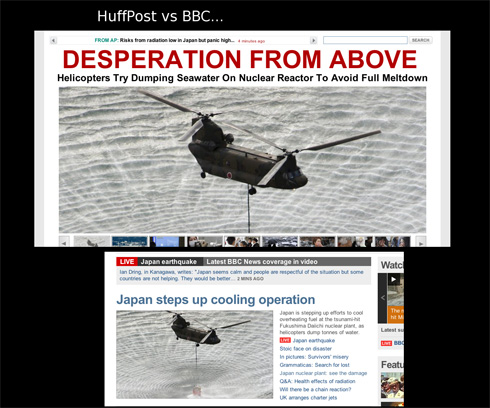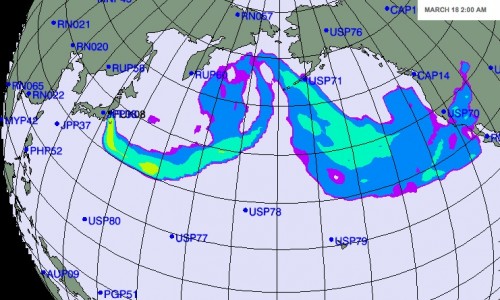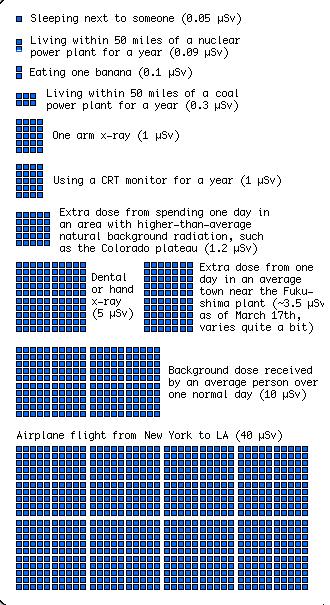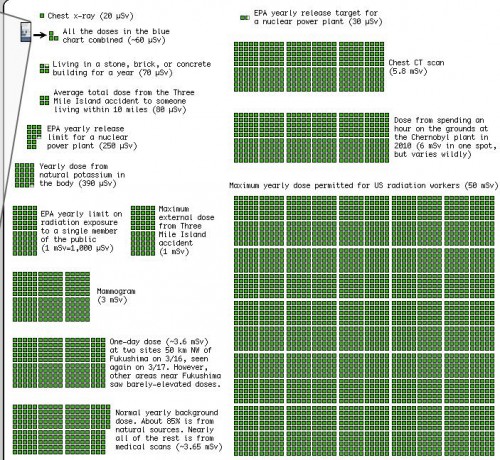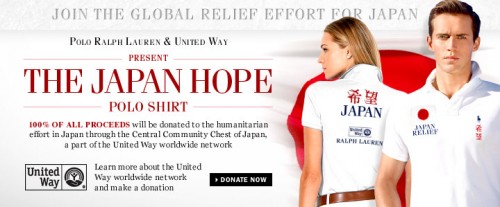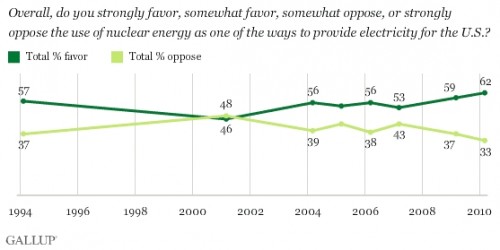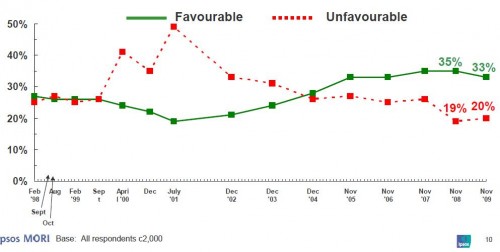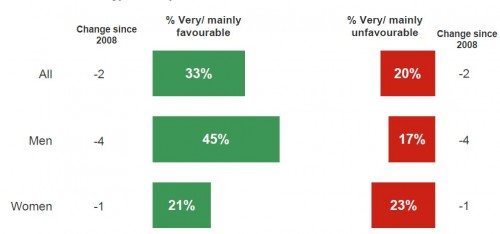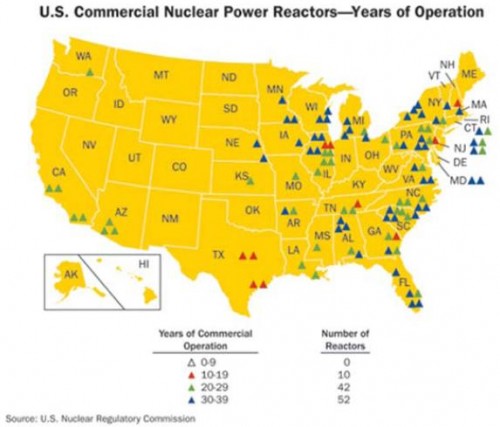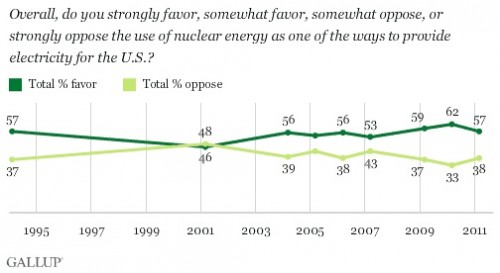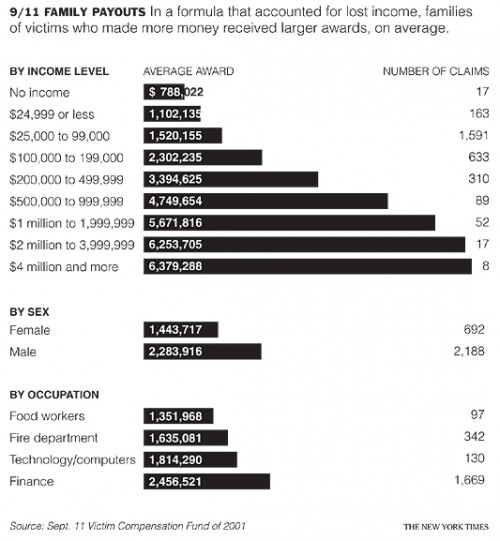Of the many people who did not or could not evacuate New Orleans in the face of Hurricane Katrina, prisoners were especially helpless. The American Civil Liberties Union gathered testimony from 400 of the 7,000 people locked up in New Orleans Prison at the time of Katrina, including approximately 100 juveniles.
Many reported being left in their cells while the water rose above their heads; being beaten and sprayed with mace once evacuated (to state maximum security prisons); and left on Interstate-10 in the hot sun for days without food or water. An entire building with about 600 prisoners was left behind in the evacuation process and weren’t rescued for days (source).
Most of the 7,000 prisoners had been charged with misdemeanor offenses and would have been released within a few weeks, even if convicted. But Governor Blanco effectively suspended habeas corpus (due process; right to a speedy trial) for six months, so some were incarcerated for over a year – doing “Katrina time.” “The court system shut its doors, the police department fell into disarray, few prosecutors remained, and a handful of public defenders could not meet with, much less represent, the thousands detained” (source). Prison officials deny that anyone died in the crisis, despite several reports of deaths from both police officers and prisoners (source).
The Orleans Parish Prison continues to have civil rights concerns. In 2009, the Civil Rights Division of the Justice Department found that conditions at OPP violate inmates’ constitutional rights. The report found that prisoners experience violence from other prisoners, excessive force from guards, are not provided adequate medical services, and live in unsanitary conditions with pests.
This hour-long BBC video documents their experiences:
Cross-posted at Caroline Heldman’s blog.
Caroline Heldman is a professor of politics at Occidental College. You can follow her at her blog and on Twitter and Facebook.



